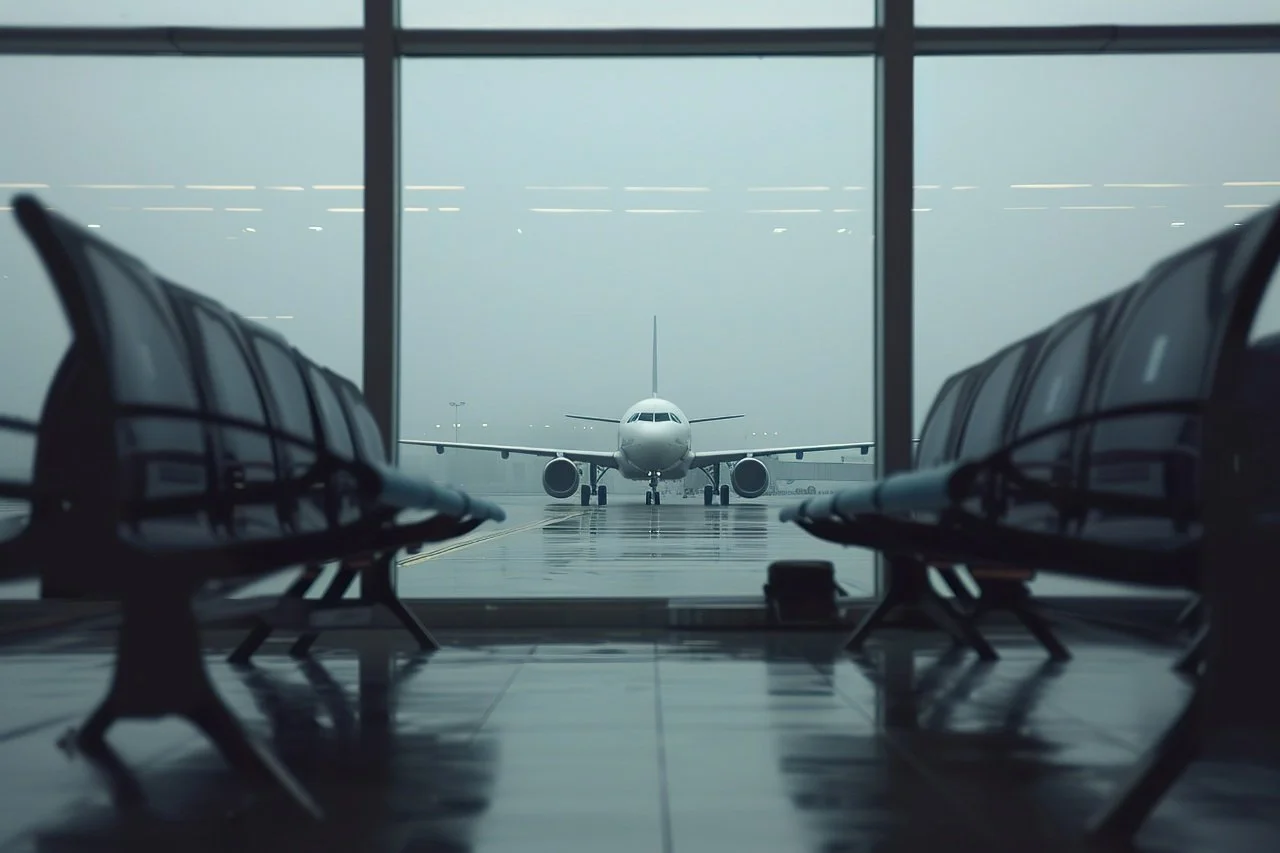Video surveillance in airports: Balancing privacy and security
Airports have always been high-security zones, and for good reason. They handle thousands of passengers daily, manage border control, and operate as potential targets for criminal activity. Video surveillance plays a huge role in keeping these spaces secure. But as cameras become smarter, more capable, and, frankly, more invasive—there's an increasingly urgent conversation to be had about privacy.
We're not just talking about CCTV capturing who enters and exits terminals anymore. Surveillance systems today can track your movement across multiple checkpoints, recognize your face, and analyze your behavior in real time.
The role of video surveillance in airports
At its core, airport surveillance is about threat detection and operational efficiency. Cameras monitor baggage claim, security lines, boarding gates, and employee-only zones. In real time, footage helps identify unattended bags, suspicious activity, or breaches of restricted areas. After the fact, it can be used as evidence or for internal investigations. We all know why and how surveillance improves commuter safety, but it’s not just about catching criminals.
Surveillance also helps improve the flow of people and operations. Long lines? Anomaly detected. Missing child? Backtrack the footage. Cameras aren’t just watching—they’re helping the entire airport function more smoothly.
Privacy concerns in airport video surveillance
Surveillance is necessary, but the level of detail now being captured—from faces and license plates to behavioral patterns—raises serious privacy questions.
Airports are public-ish spaces, but people don’t walk into them expecting to be recorded at every angle, much less analyzed by algorithms. And while most travelers tolerate cameras as part of the airport experience, there’s a tipping point. Surveillance that crosses into biometric data collection or uses footage beyond its original purpose (like facial recognition trials without consent) can erode trust.
So yes, security matters. But so does making sure people aren't unknowingly handing over deeply personal data.
Protect privacy with smart video redaction.
Advanced surveillance technologies in airports
AI and video analytics
Artificial intelligence can now flag threats faster than any human monitor ever could. It can detect anomalies in crowd behavior, track movement across cameras, and even identify individuals who match certain profiles. These systems need tight oversight to prevent misuse or bias.
Biometric surveillance
Facial recognition is becoming more common at passport control and boarding gates. In theory, it speeds up the process and adds an extra layer of ID verification. In practice? It’s sparked plenty of backlash, especially where consent isn’t clearly obtained.
Cloud-based video storage
More airports are moving to cloud storage for their surveillance data. It’s scalable, secure (when managed correctly), and easier to access during investigations. But storing large volumes of sensitive data in the cloud introduces new risks—like breaches or unauthorized access.
Striking the right balance: Best practices
Implementing clear data retention policies
One way to build trust is to define how long surveillance footage is kept. The shorter the retention period (within legal limits), the lower the risk of data being misused or hacked.
Using privacy-masking technology in sensitive areas
Privacy-masking tech, like blurring faces or private details in footage, can help protect identities—especially in areas like restrooms, medical facilities, or family zones.
Ensuring transparency and passenger consent
People should know when and how they’re being recorded. Clear signage, policies made public, and opt-in mechanisms (where feasible) go a long way in respecting privacy.
How automatic video redaction software protects privacy
Ensuring compliance with privacy Laws
Privacy laws like GDPR require organizations to redact personally identifiable information (PII) before sharing or storing footage. That’s where user-friendly video redaction software by Secure Redact steps in. It automatically detects and blurs faces, license plates, and other sensitive data - in both live and recorded video—ensuring airports can comply with data regulations without slowing down operations.
AI-powered redaction for efficiency
Secure Redact’s platform uses machine learning to achieve over 99% accuracy in detecting PII—even in tough conditions like grainy footage or partial occlusion. This isn’t just a time-saver—it’s a lifesaver for legal teams drowning in manual editing. Plus, it’s flexible: available as SaaS, API, or via private cloud, and it integrates with existing video management systems.
Final thoughts
Balancing safety and privacy in airports is a delicate dance. Surveillance is essential—but it needs to be implemented with a conscience. By adopting smart, responsible practices and leveraging tools like Secure Redact, airports can enhance security without sacrificing personal rights.
Want to learn more about how AI-driven redaction can transform your approach to data privacy? Check out our user-friendly video redaction software Secure Redact by Pimloc. It’s how you keep things secure - and respectful.



